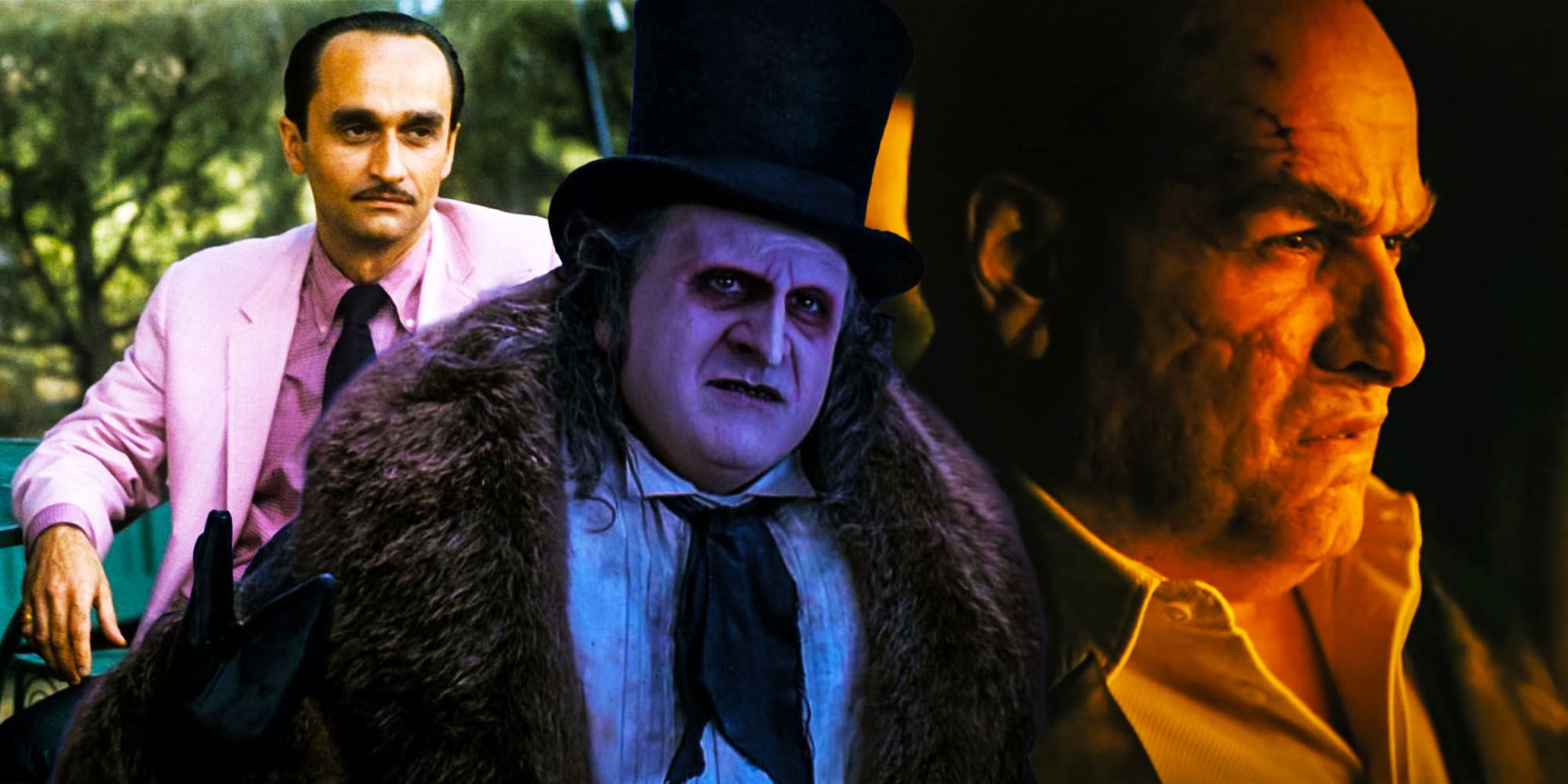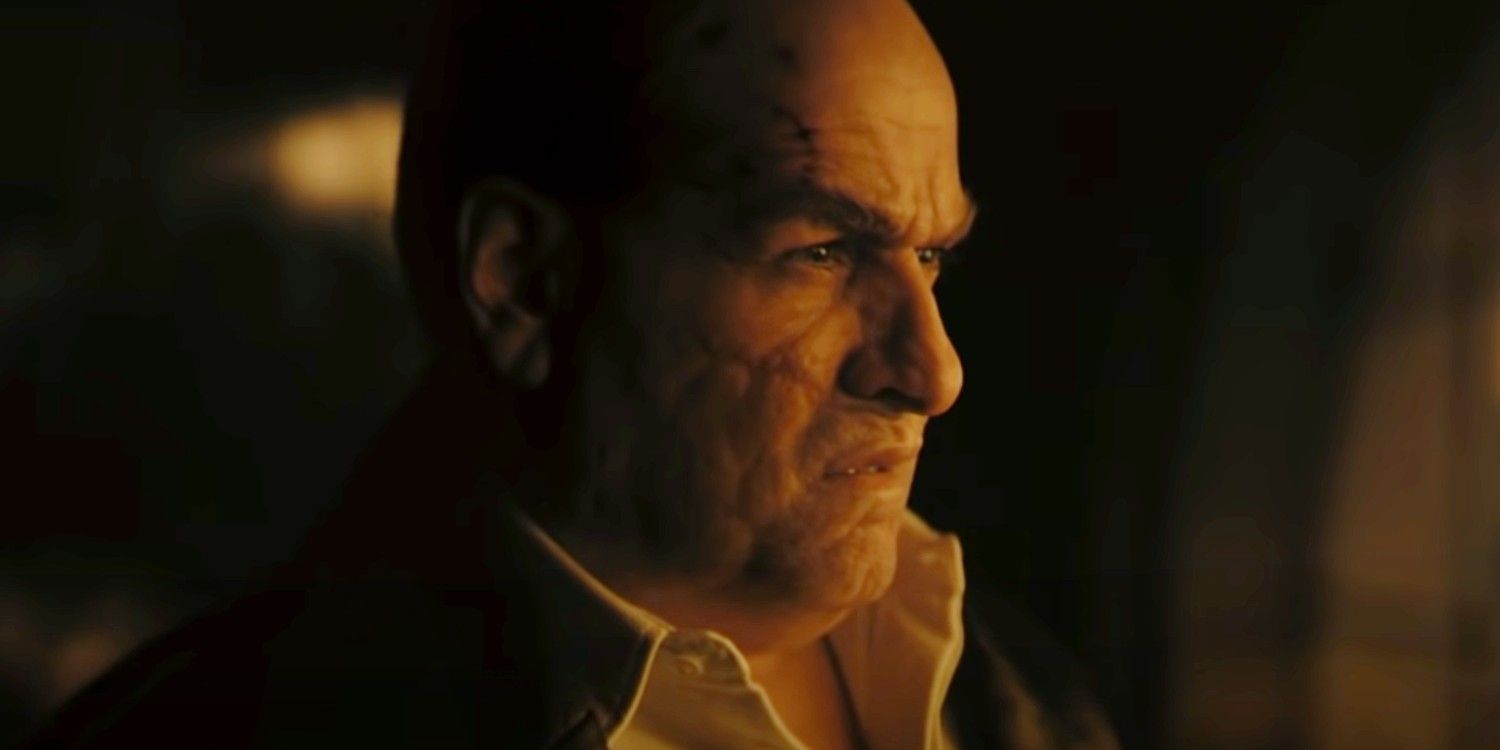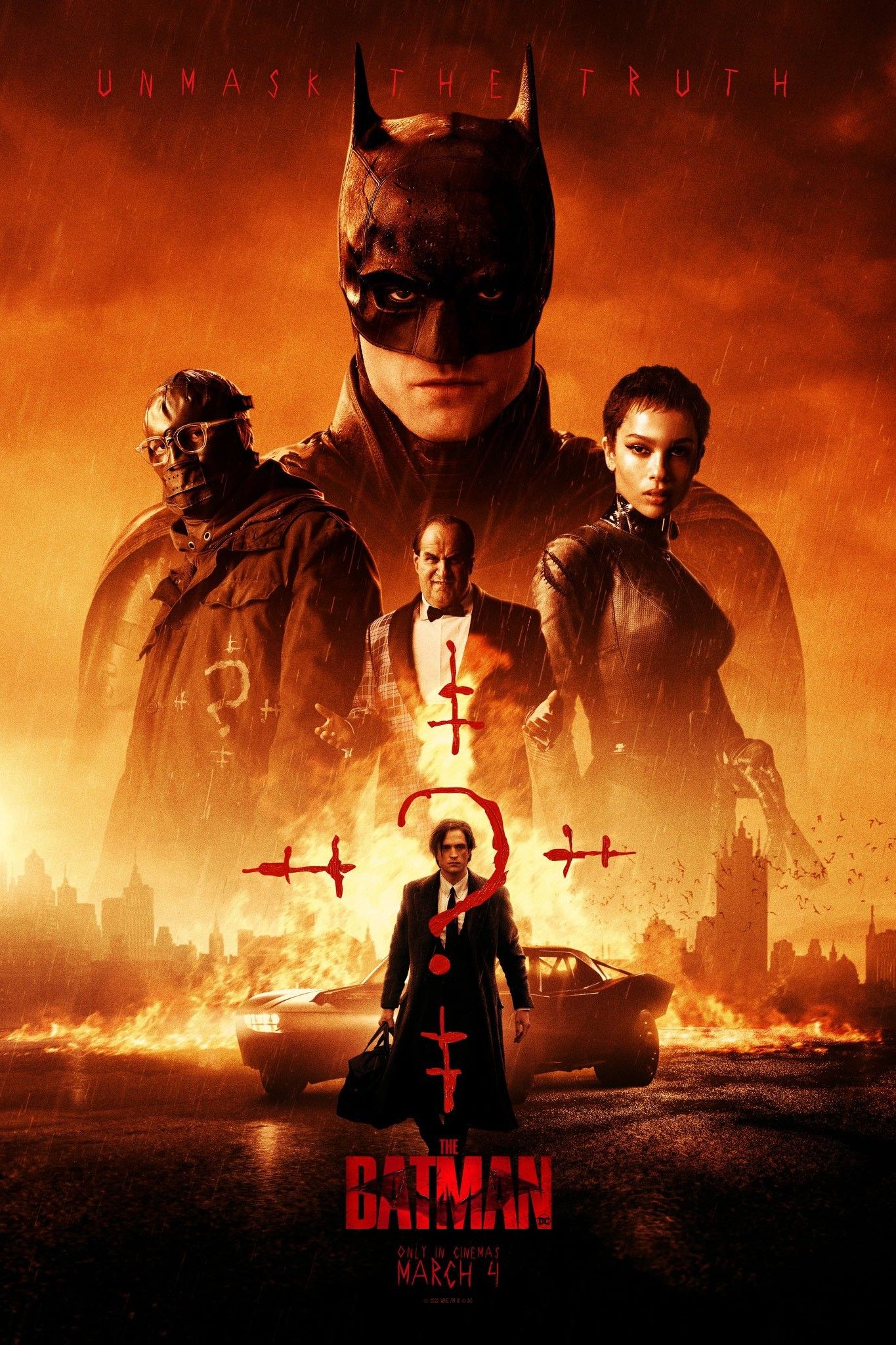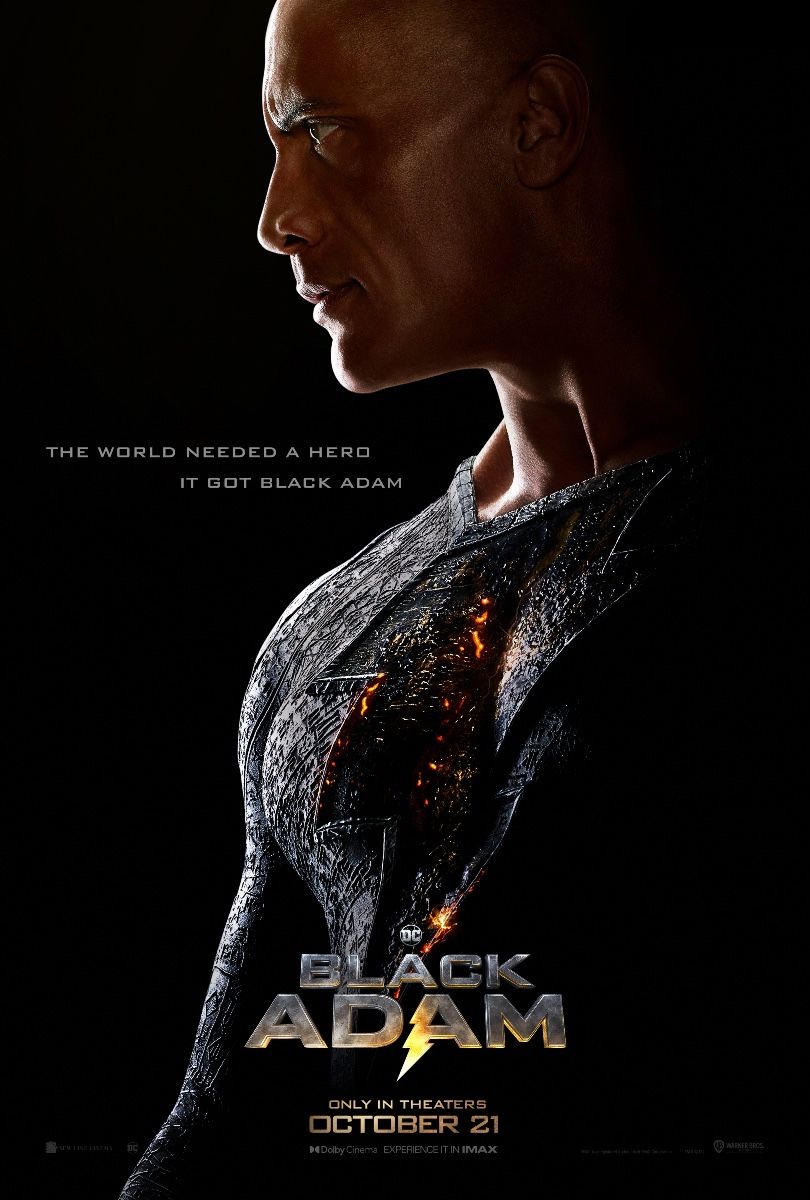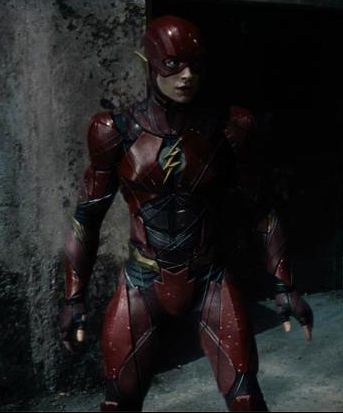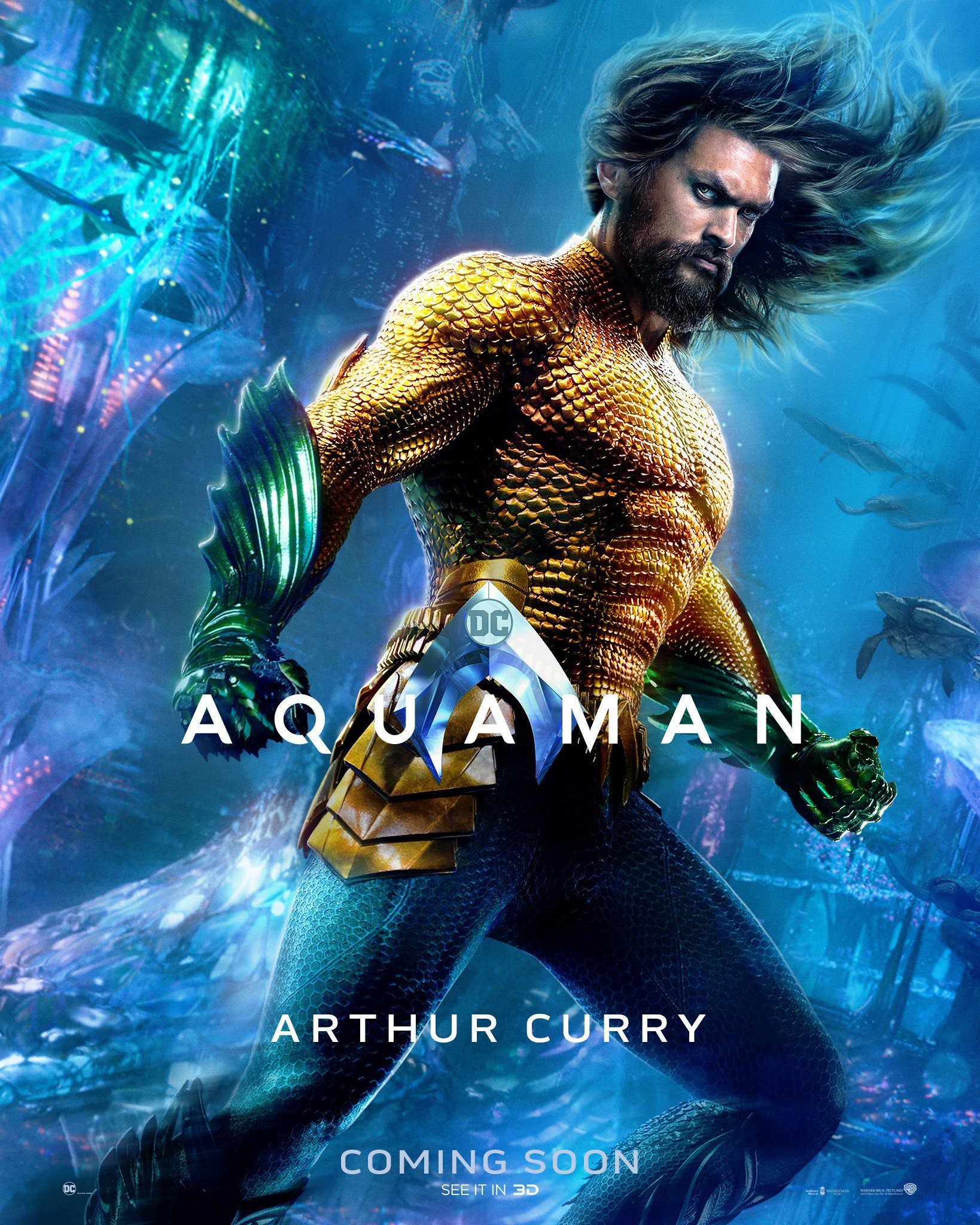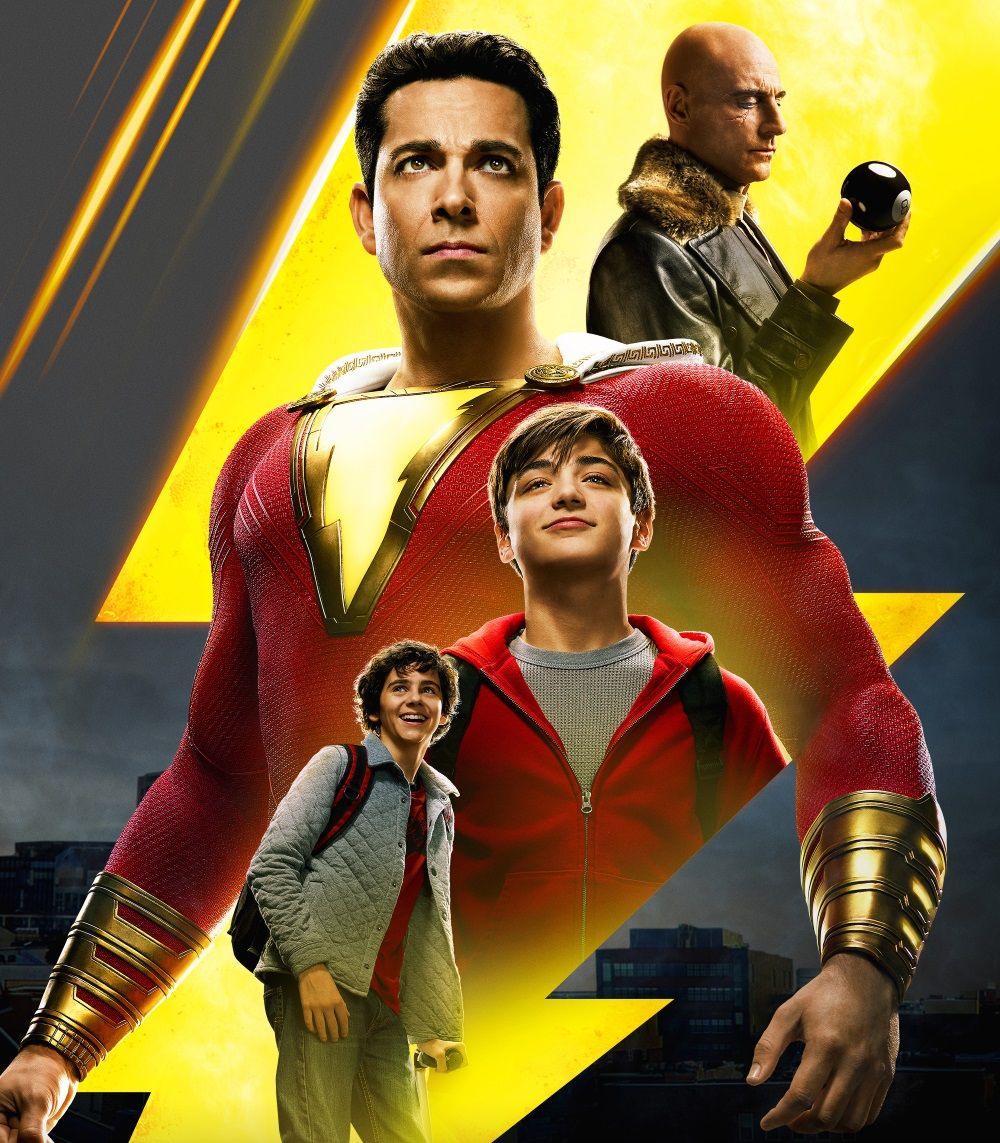Colin Farrell’s iteration of Penguin in The Batman appears to be mirroring a genius trick that Tim Burton used in 1992’s Batman Returns. As one of Batman’s most famous foes, Penguin has been adapted to film and television numerous times, but few interpretations imbue him with a sense of sympathy. Batman Returns created a version of Penguin who was drastically different from the comics but was nevertheless a tragic figure, despite the horrors he inflicted. The Batman seems to using a similar approach with its version of Penguin, albeit a more realistic take on the famous supervillain.
Debuting in a 1941 issue of Detective Comics, Penguin, later known as Oswald Cobblepot, is typically depicted as a criminal genius who maintains the appearance of a posh gentleman, contradicting his brutal crimes. Penguin is famous for hiding a variety of devices and weapons in his umbrellas and, in recent years, hiding behind a façade of legitimacy as the owner of Gotham City’s Iceberg Lounge nightclub. Thanks to Burgess Meredith’s depiction of Cobblepot in the 1960s Batman TV series, Penguin is one of the best-known members of Batman’s iconic rogue’s gallery.
Penguin in Batman Returns was reimagined as a much darker character. No longer a gentleman crime lord, Burton’s Penguin was abandoned to die by his socialite parents due to his deformities, and he grew into a murderous adult who sought revenge on the “normal” people of Gotham. Penguin of Burton’s universe was undeniably a depraved psychopath, but his tragic origin gave him complexity and a degree of sympathy that the comic version lacked. Collin Farrell likens his version of Penguin to Fredo Corleone from The Godfather films, stating that Cobblepot’s feelings of inferiority among his family members motivate his career as a mob boss. Not only does this connect The Batman’s Penguin to The Godfather, but also Batman Returns, whose version of Penguin is also motivated by feelings of inferiority.
In some Batman continuities, the Cobblepots are a well-respected and influential family, comparable to the Wayne family. Possibly due to his lack of morals or a shallower reason, like his appearance, Oswald Cobblepot may be considered the black sheep of his family in The Batman’s universe. While Cobblepot becomes a crime lord, his feelings of inferiority would make him a more complex and sympathetic character, even if his motivation doesn’t justify his crimes.
Burton’s version of Penguin attempted to commit nightmarish atrocities against the people of Gotham, and he’s too far gone to be redeemed by the time he and the Red Triangle Gang begin their reign of terror. Nevertheless, Cobblepot likely wouldn’t have become such a monster if his parents had only accepted him from the beginning. Batman Returns acknowledges both aspects of Penguin’s character, never justifying his crimes, yet never forgetting his inherent tragedy.
The Batman promises to have one of the most realistic interpretations of the Dark Knight and his iconic villains, taking it in the opposite direction of Burton’s surreal expressionist fantasy. While this includes what’s likely to be a drastically different adaptation of Penguin compared to Burton’s, Colin Farrell’s Penguin will share a similar element of pathos. Burton’s genius juxtaposition of Cobblepot’s inferiority complex and his heinous crimes will be mirrored in The Batman, which may explore this new version of Penguin in a sequel.

